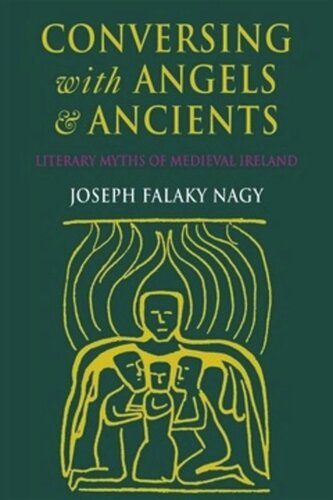

Most ebook files are in PDF format, so you can easily read them using various software such as Foxit Reader or directly on the Google Chrome browser.
Some ebook files are released by publishers in other formats such as .awz, .mobi, .epub, .fb2, etc. You may need to install specific software to read these formats on mobile/PC, such as Calibre.
Please read the tutorial at this link: https://ebookbell.com/faq
We offer FREE conversion to the popular formats you request; however, this may take some time. Therefore, right after payment, please email us, and we will try to provide the service as quickly as possible.
For some exceptional file formats or broken links (if any), please refrain from opening any disputes. Instead, email us first, and we will try to assist within a maximum of 6 hours.
EbookBell Team

4.1
20 reviewsHow does a written literature come into being within an oral culture, and how does such a literature achieve and maintain its authority? Joseph Falaky Nagy addresses those issues in his wide-ranging reading of the medieval literature of Ireland, from the writings of St. Patrick to the epic tales about the warrior Cú Chulainn. These texts, written in both Latin and Irish, constitute an adventurous and productive experiment in staging confrontations between the written and the spoken, the Christian and the pagan. The early Irish literati, primarily clerics living within a monastic milieu, produced literature that included saints' lives, heroic sagas, law tracts, and other genres. They sought to invest their literature with an authority different from that of the traditions from which they borrowed, native and foreign. To achieve this goal, they cast many of their texts as the outcome of momentous dialogues between saints and angelic messengers or remarkable interviews with the dead, who could reveal some insight from the past that needed to be rediscovered by forgetful contemporaries. Conversing with angels and ancients, medieval Irish writers boldly inscribed their visions of the past onto the new Christian order and its literature. Nagy includes portions of the original Latin and Irish texts that are not readily available to scholars, along with full translations.